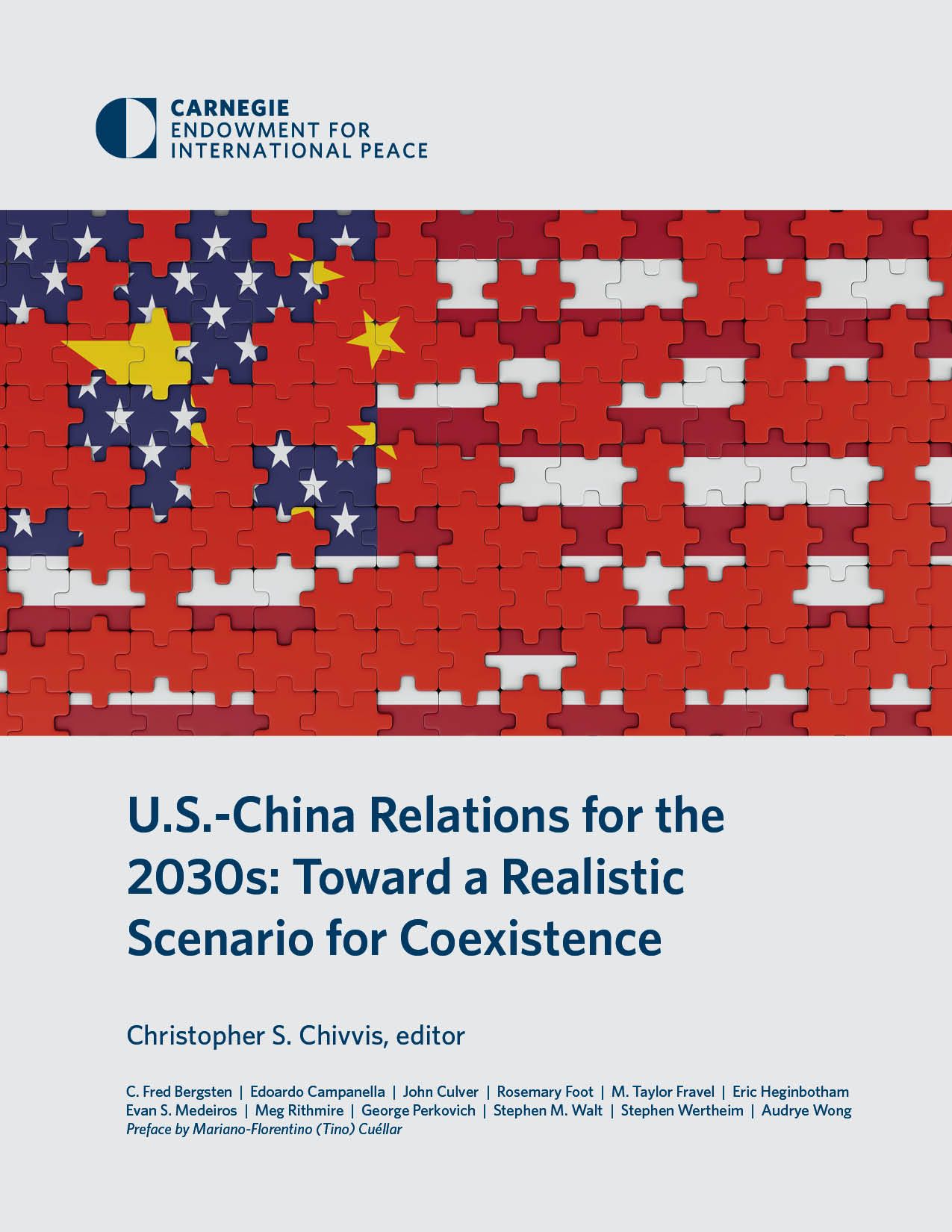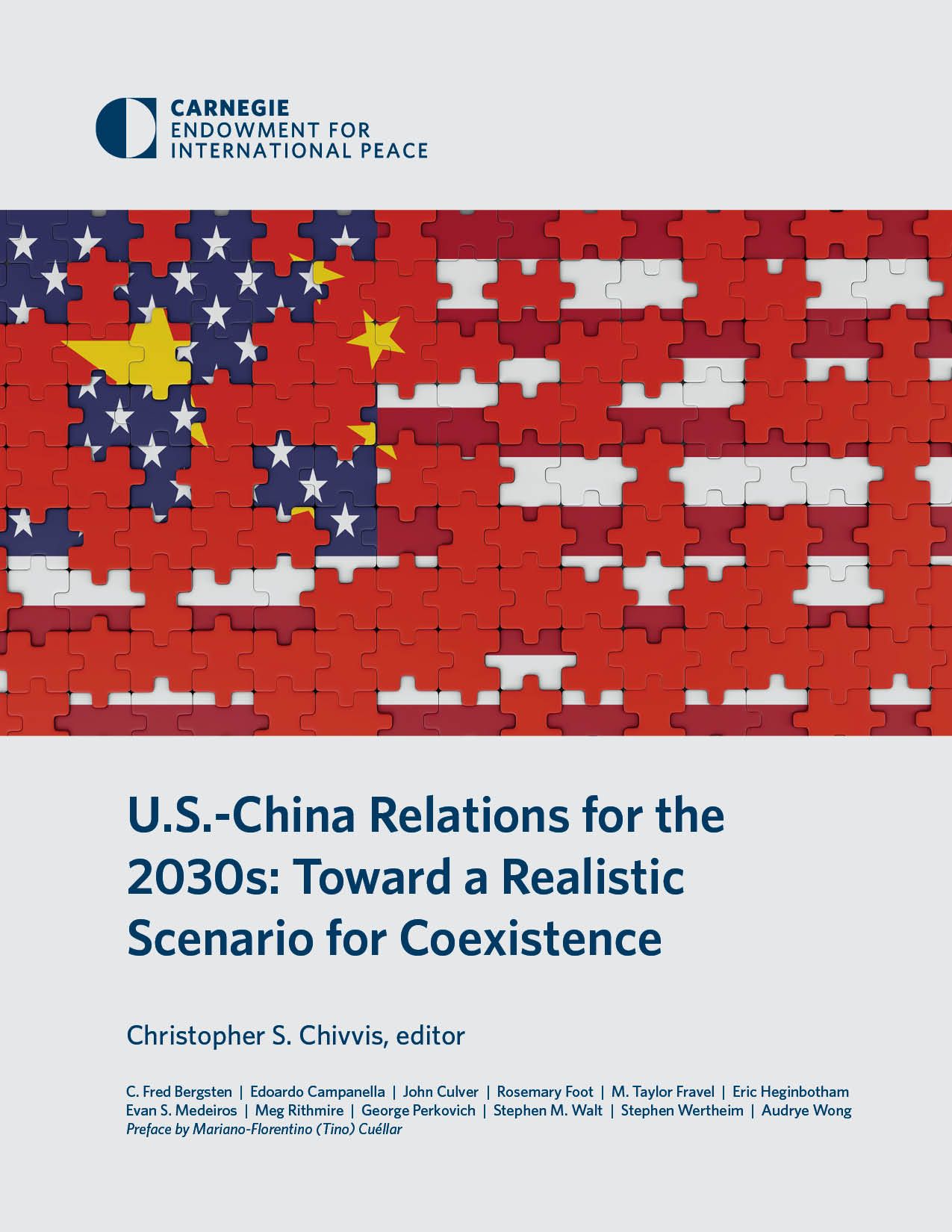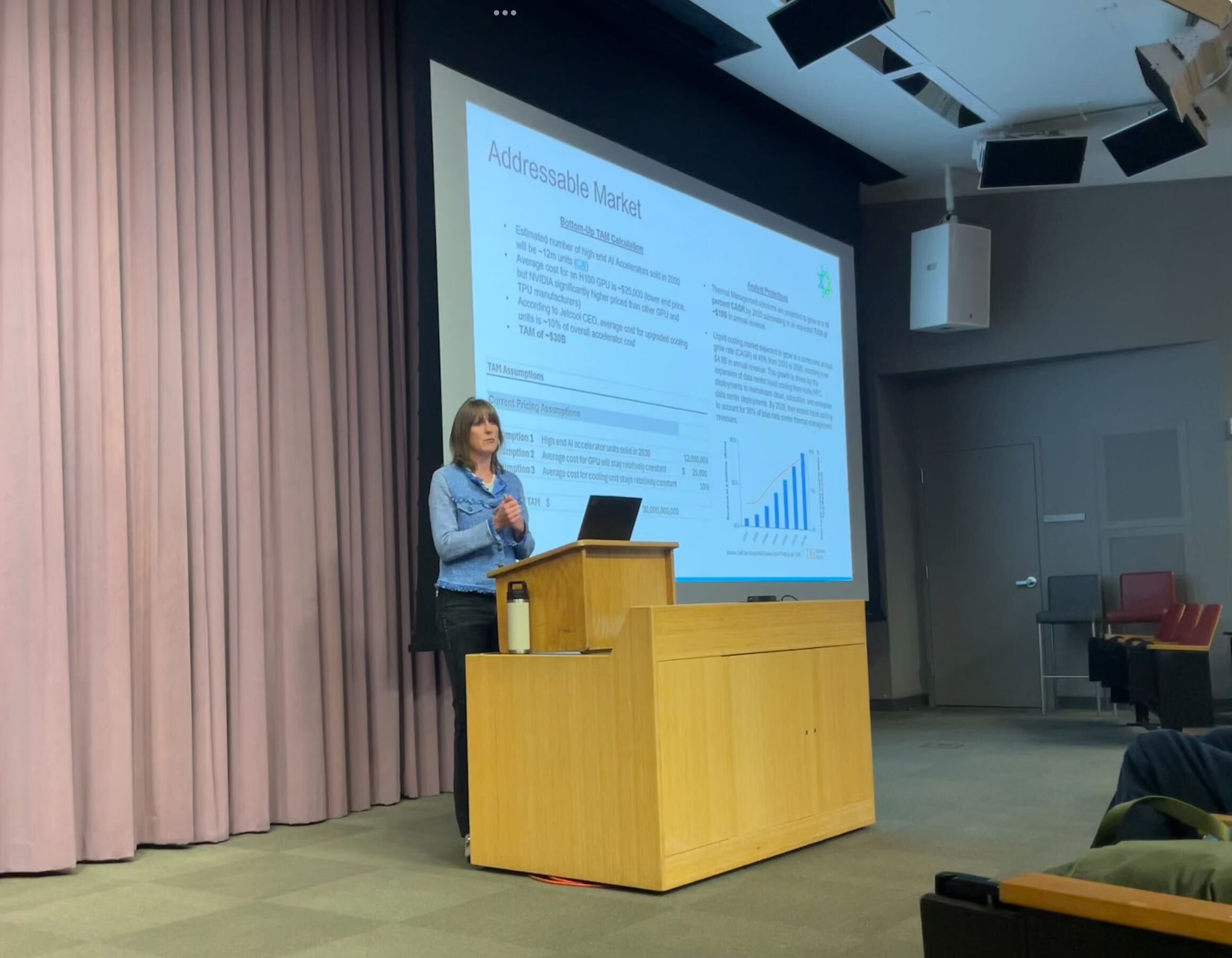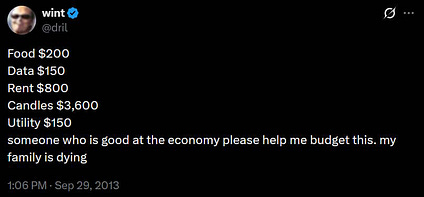Has extreme poverty really plunged since the 1980s? New analysis suggests not – The Conversation

Report on Global Poverty Measurement and its Implications for Sustainable Development Goals
Introduction: Reassessing Progress Towards SDG 1 (No Poverty)
Data from the World Bank indicates a significant decline in extreme poverty over the last four decades, from 47% in 1981 to approximately 10% today. This calculation is based on a Purchasing Power Parity (PPP) metric of US$3 per day. However, this methodology is increasingly challenged for its failure to account for the actual cost of meeting basic human needs, a critical factor in accurately assessing progress towards Sustainable Development Goal 1 (SDG 1), which aims to end poverty in all its forms everywhere.
Alternative Poverty Measurement: The Basic Needs Poverty Line (BNPL)
An alternative methodology, the Basic Needs Poverty Line (BNPL), offers a more precise measure of extreme poverty by comparing income against the local cost of essential goods and services. This approach aligns more closely with the foundational intent of SDG 1.
- The BNPL method calculates poverty based on the affordability of a basket of essential goods, including food, shelter, clothing, and fuel.
- It provides a more accurate reflection of an individual’s ability to survive and escape deprivation in their specific context.
Findings from BNPL Data and Implications for SDG 1
Analysis using the BNPL method presents a more troubling picture of global poverty, suggesting that progress towards SDG 1 has been significantly overestimated.
- Between 1980 and 2011, the global extreme poverty rate declined by only six percentage points, from 23% to 17%.
- The absolute number of people in extreme poverty increased from 1.01 billion to 1.20 billion during the same period.
- The 1980s and 1990s saw a substantial increase in extreme poverty, coinciding with market reforms implemented across the global south. This indicates that economic policies have a direct impact on achieving SDG 10 (Reduced Inequalities) and SDG 1.
Rising Food Insecurity: A Challenge to SDG 2 (Zero Hunger)
While robust BNPL data is unavailable post-2011, data on food insecurity from the UN Food and Agricultural Organization (FAO) suggests a worsening trend, directly impacting SDG 2 (Zero Hunger) and indicating a likely stagnation or reversal in poverty reduction.
- The proportion of the global population without reliable access to food increased from 21% in 2014 to 30% in 2022.
- Severe food insecurity, associated with prolonged hunger, rose from 7.7% to 11.3% of the world’s population in the same period.
This trend implies that the primary Millennium Development Goal of halving extreme poverty was likely not met, posing significant challenges for the more ambitious 2030 Agenda for Sustainable Development.
Conclusion: Capacity and Strategy for Achieving the SDGs
Extreme poverty is not an inevitability but a result of systemic economic and social structures. The persistence of high poverty levels indicates a failure of market-based systems to meet the basic needs of a large portion of humanity. The global economy possesses sufficient productive capacity to not only achieve SDG 1 but to advance a broader range of development goals.
Achieving the Sustainable Development Goals requires a strategic shift towards organizing production to guarantee universal access to essential goods and services. This includes:
- SDG 3 (Good Health and Well-being): Universal access to healthcare.
- SDG 4 (Quality Education): Universal access to education.
- SDG 6 (Clean Water and Sanitation): Provision of modern housing and sanitation systems.
- SDG 7 (Affordable and Clean Energy): Universal access to electricity and clean cooking facilities.
- SDG 11 (Sustainable Cities and Communities): Ensuring decent living standards for all.
Realizing the 2030 Agenda, particularly the foundational goal of ending poverty, necessitates policies such as public provisioning and price controls on essentials, ensuring that productive capacity is leveraged to create a decent life for all.
Analysis of Sustainable Development Goals in the Article
-
Which SDGs are addressed or connected to the issues highlighted in the article?
-
SDG 1: No Poverty
This is the most central SDG discussed in the article. The text explicitly states, “Ending extreme poverty is the first objective of the UN’s sustainable development goals.” The entire article revolves around the measurement, trends, and causes of extreme poverty, comparing the World Bank’s data with the “basic needs poverty line” (BNPL) approach.
-
SDG 2: Zero Hunger
The article directly addresses this goal in the section titled “Rising food insecurity.” It uses data from the UN Food and Agricultural Organization (FAO) to discuss the increasing proportion of the world’s population facing a lack of reliable access to food and severe food insecurity, linking this directly to poverty trends.
-
SDG 10: Reduced Inequalities
The article implies a connection to this SDG by highlighting the disparities in how poverty has been addressed. It notes that poverty increased in the 1980s and 1990s when “market reforms were implemented across most of the global south… under pressure from western-controlled financial institutions.” It also describes extreme poverty as a sign of “severe dislocation” and “institutionalised denial of resources to marginalised people,” which are core issues of inequality.
-
SDG 1: No Poverty
-
What specific targets under those SDGs can be identified based on the article’s content?
-
Target 1.1: By 2030, eradicate extreme poverty for all people everywhere.
The article is fundamentally about this target. It critiques the standard measurement of extreme poverty (the World Bank’s PPP method) and presents an alternative (BNPL) to argue that progress towards eradicating extreme poverty has been “slow and shallow.” The discussion about the Millennium Development Goal to “halve the proportion of the world’s population living in extreme poverty” is a direct reference to the precursor of this SDG target.
-
Target 2.1: By 2030, end hunger and ensure access by all people… to safe, nutritious and sufficient food all year round.
This target is identified in the section on food insecurity. The article discusses the failure to achieve this by citing FAO data showing that the “proportion of the world population without reliable access to food increased steadily during the past decade.” This directly relates to ensuring access to sufficient food for all.
-
Target 10.1: By 2030, progressively achieve and sustain income growth of the bottom 40 per cent of the population at a rate higher than the national average.
While not explicitly stated, this target is strongly implied. The article’s finding that the absolute number of people in extreme poverty *increased* from 1.01 billion to 1.20 billion between 1980 and 2011, despite a small percentage decline, indicates that the economic situation for the world’s poorest people (the bottom percentile) has worsened, failing to meet the objective of this target.
-
Target 1.1: By 2030, eradicate extreme poverty for all people everywhere.
-
Are there any indicators mentioned or implied in the article that can be used to measure progress towards the identified targets?
-
Indicator for Target 1.1 (Proportion of population below the international poverty line):
The article discusses two different indicators for measuring extreme poverty:
- The World Bank’s method: “the share of people who live on less than US$3 per day in 2021 prices,” adjusted for purchasing power parity (PPP).
- The Basic Needs Poverty Line (BNPL) method: This indicator measures poverty by “comparing people’s incomes to the prices of essential goods (specifically food, shelter, clothing and fuel) in each country.” The article provides data using this indicator, stating the global extreme poverty rate declined from 23% to 17% between 1980 and 2011.
-
Indicator for Target 2.1 (Prevalence of moderate or severe food insecurity):
The article explicitly provides data for this indicator from FAO surveys. It states that the “proportion of the world population without reliable access to food increased steadily… from 21% in 2014 to 30% in 2022.” It also provides a specific figure for severe food insecurity, noting an increase in the “share of the world population suffering in this way… from 7.7% to 11.3%.”
-
Indicator for Target 10.1 (Absolute number of people in poverty):
The article uses the absolute number of people in extreme poverty as an indicator of worsening conditions for the most vulnerable. It states that “the number of people in extreme poverty actually increased, from 1.01 billion to 1.20 billion” between 1980 and 2011. This figure serves as a powerful indicator that economic progress is not reaching the poorest, thereby highlighting rising or persistent inequality.
-
Indicator for Target 1.1 (Proportion of population below the international poverty line):
-
Create a table with three columns titled ‘SDGs, Targets and Indicators” to present the findings from analyzing the article.
SDGs Targets Indicators SDG 1: No Poverty 1.1: Eradicate extreme poverty for all people everywhere. - Proportion of the population living on less than US$3 per day (World Bank PPP method).
- Proportion of the population below the Basic Needs Poverty Line (BNPL), which compares income to the cost of food, shelter, clothing, and fuel.
SDG 2: Zero Hunger 2.1: End hunger and ensure access by all people to safe, nutritious and sufficient food. - Proportion of the population without reliable access to food (rose from 21% in 2014 to 30% in 2022).
- Proportion of the population suffering from severe food insecurity (rose from 7.7% to 11.3%).
SDG 10: Reduced Inequalities 10.1: Progressively achieve and sustain income growth of the bottom 40 per cent of the population. - The absolute number of people in extreme poverty, which increased from 1.01 billion to 1.20 billion (1980-2011), indicating a failure to improve the economic standing of the poorest.
Source: theconversation.com

What is Your Reaction?
 Like
0
Like
0
 Dislike
0
Dislike
0
 Love
0
Love
0
 Funny
0
Funny
0
 Angry
0
Angry
0
 Sad
0
Sad
0
 Wow
0
Wow
0

















































:focal(1500,1000)/https://media.globalcitizen.org/a6/9a/a69a4720-d8a1-4715-b596-18738d03c05c/rotary_polio_hero_image.jpg?#)






/countries/sri-lanka/photo-credit---dmc-sri-lanka.tmb-1200v.jpg?sfvrsn=dc298bcc_1#)
















